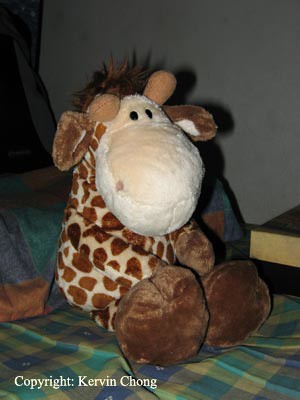Petaling Street
A vendor wheeling his mobile store to its daily fixture, sets off early in the morning and often works till the wee hours of the evenings when other nightime stalls take over in shifts. Various items are sold here and fruits, both local and imports are readily found. But beware train your eyes on the signs as if you're the least bit slack, you'll end up paying more as the sign lists two prices, one for half a kilo of fruits and the other for a kilo with prices for both but inversely written in lettering sizes to make as if a kilo is worth the price of half kilo ones.
Ah I'm starting out this week's blog with a pictorial essay on Petaling Street or better known as the heart of Chinatown in the Kuala Lumpur area. Despite the almost gaudy and patronizing makeover (Chinese architectural arches entwined with modern plastic roofing and a huge sign saying "Welcome to Petaling Street"), if one looks hard enough the actual living and architectural essence that is Petaling Street is still intact despite the fake veneer. Tourists can still be assured of buying "authentic" fakes, everything from Gucci handbags and Rolex watches to the latest DVD of major movies currently showing in cinemas. But deeper down below, the real deal is still there, the wetmarkets still operate daily, selling cuts of meats and you'll still be able to find the best Asam Laksa in town as well as Portugese grilled fish (chilli marinated fish cooked in foil wrap over a charcoal fire) if you look hard enough. Old clan association buildings are lovingly preserved and the congregation of religious worship houses (Indian temples, Chinese prayer halls, churches and mosques) makes this a spiritual center as it was in the old days. But still other heritage pre-war buildings are being torn down or stripped of its innards as a block seen from the road has only the front facade preserved while the back has been turned into a carpark. Such is the price we face to either modernize or get stuck back in historical backwater, which is better?

